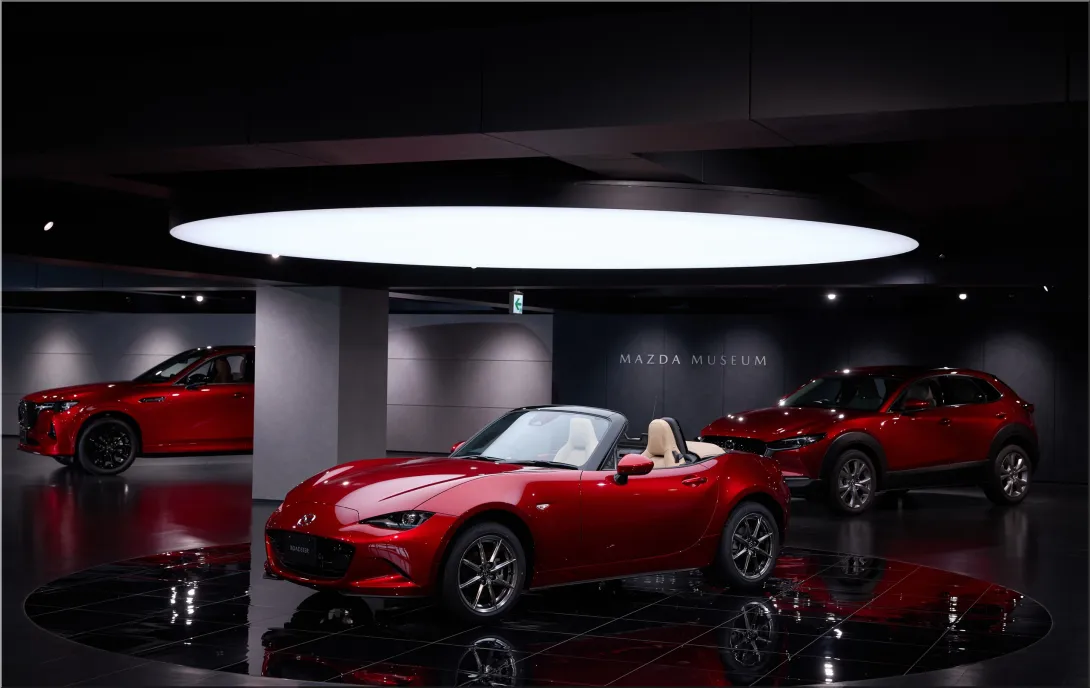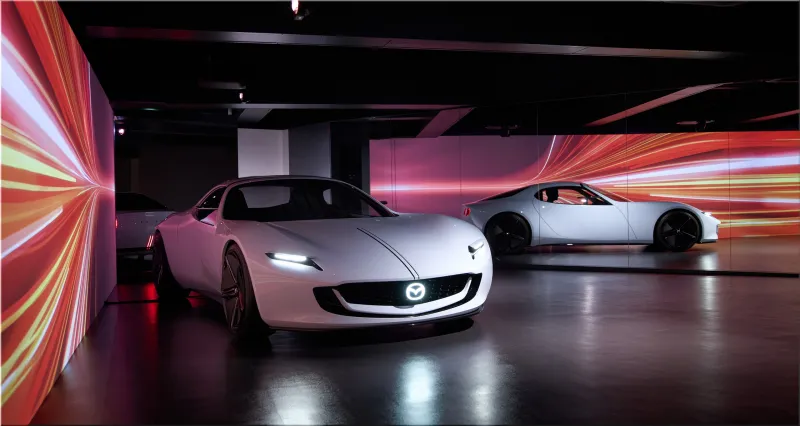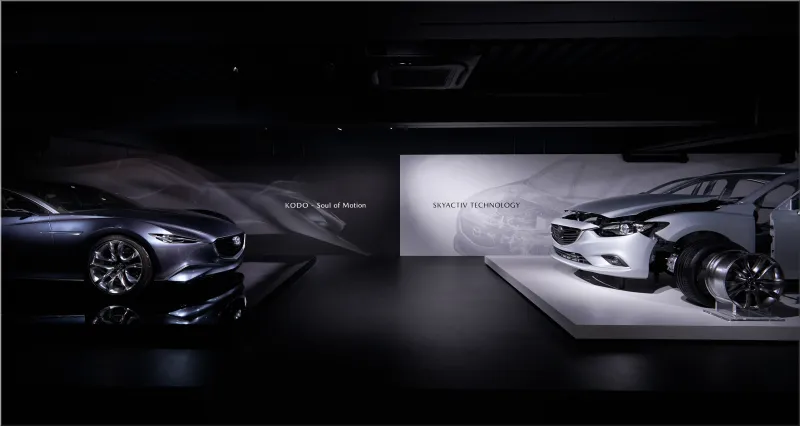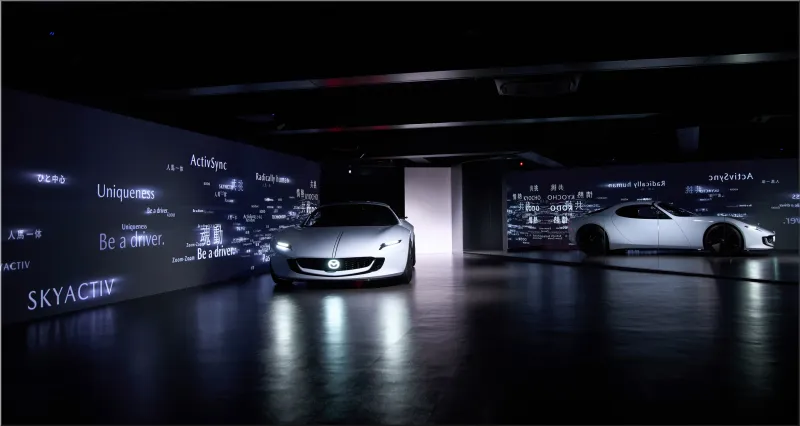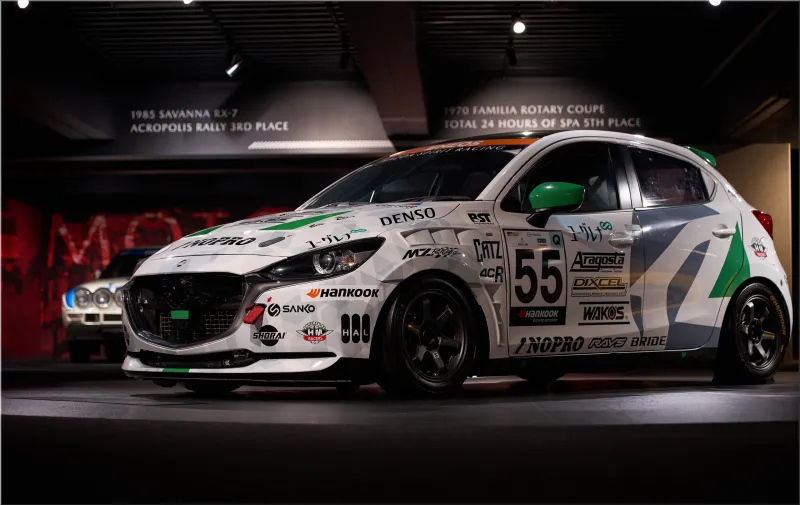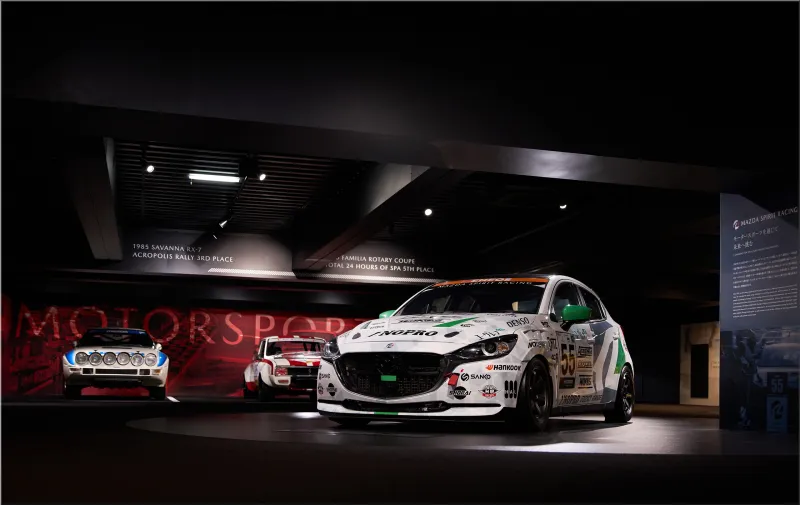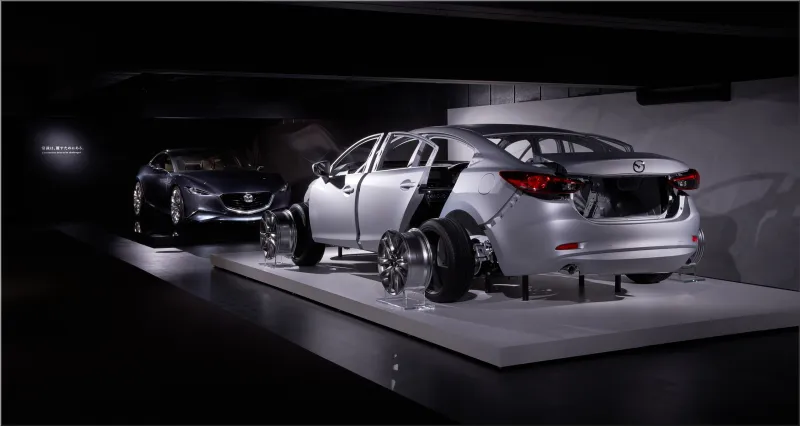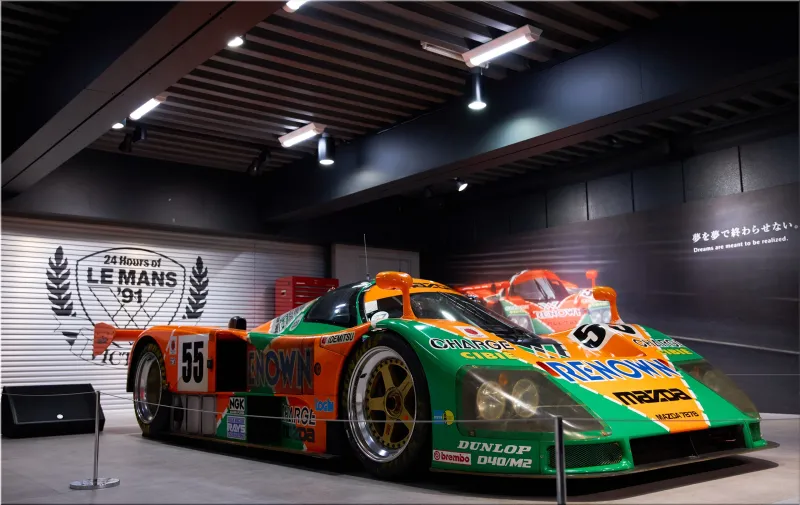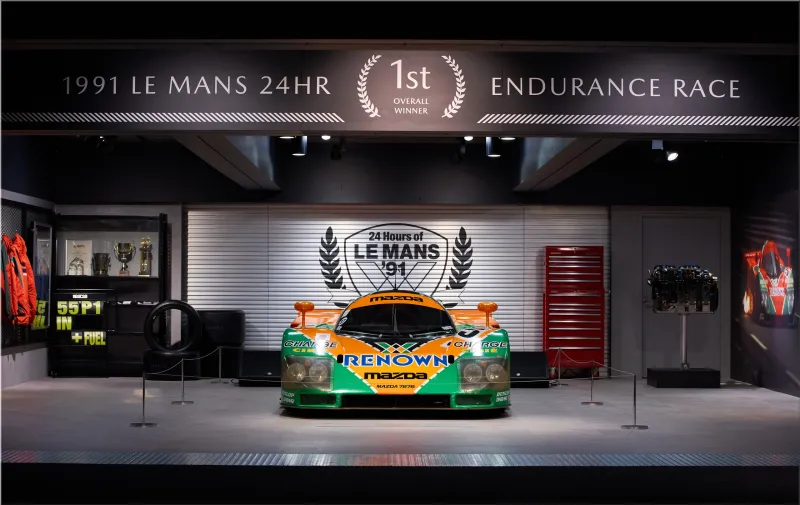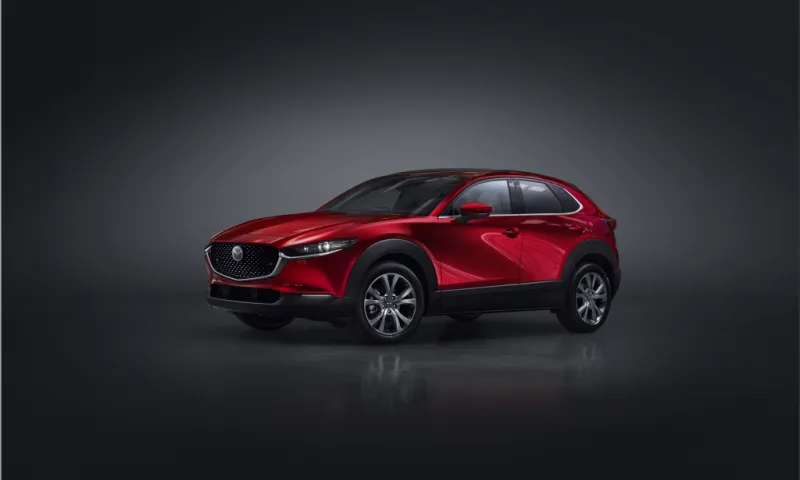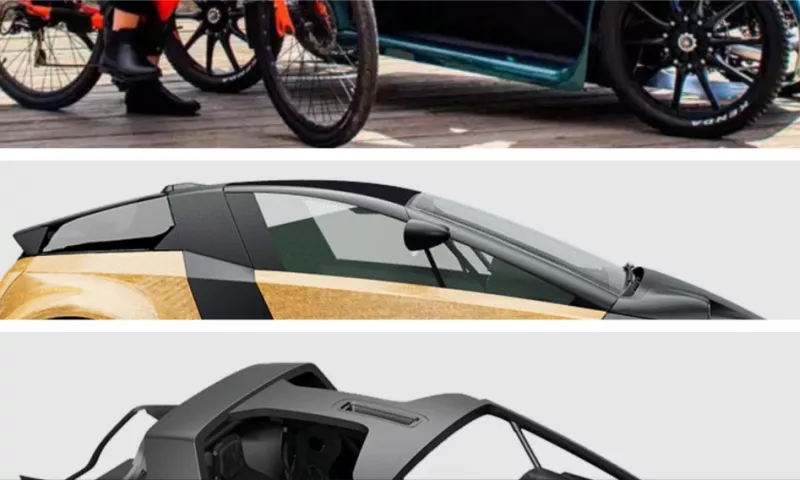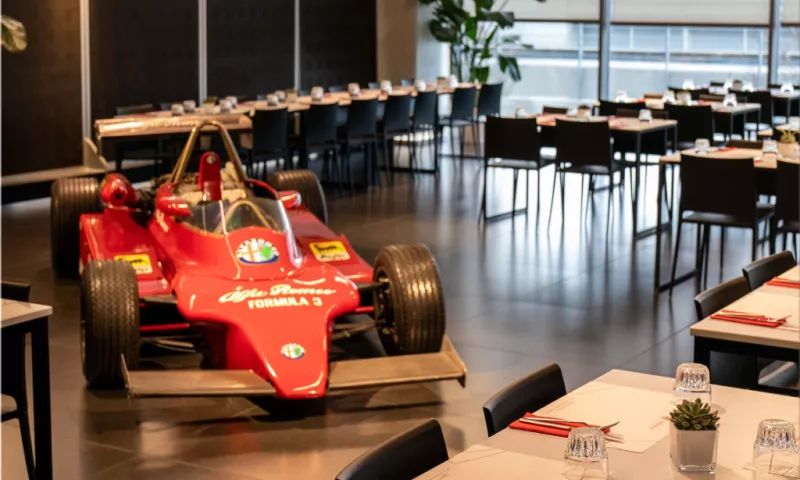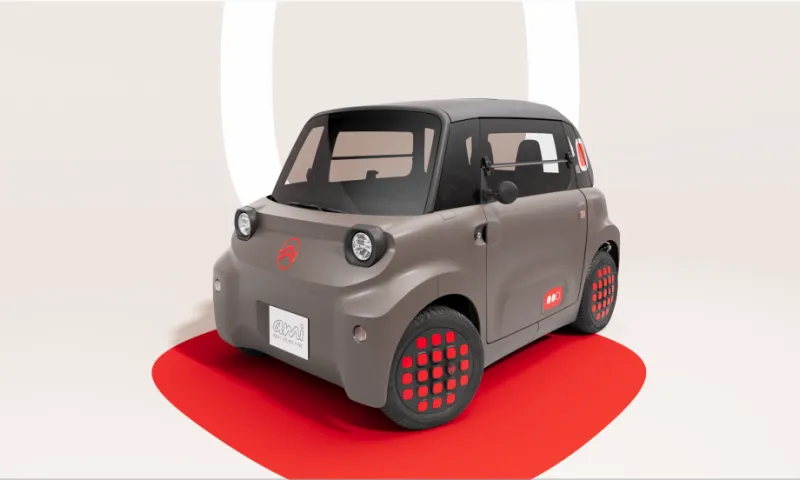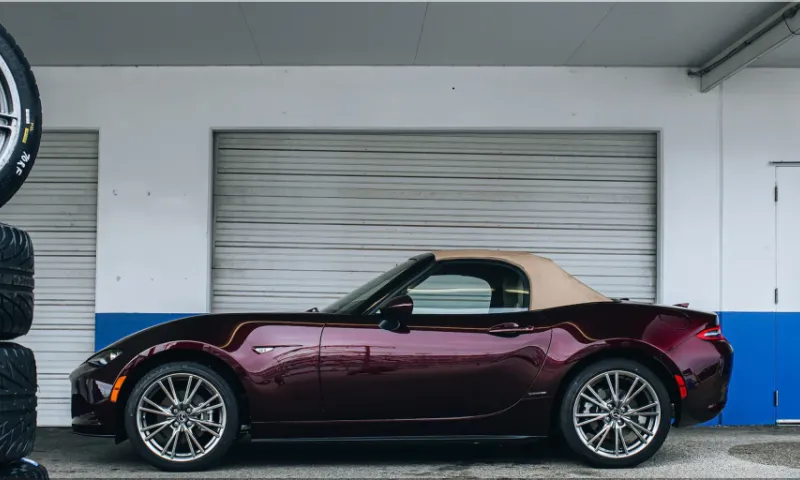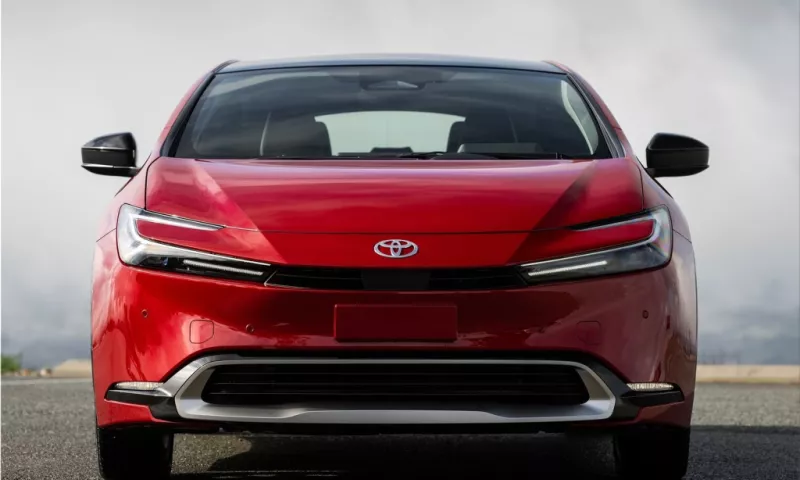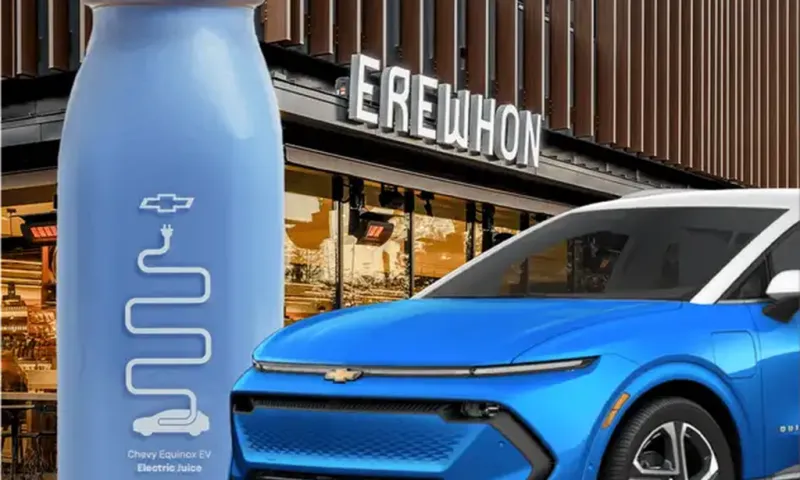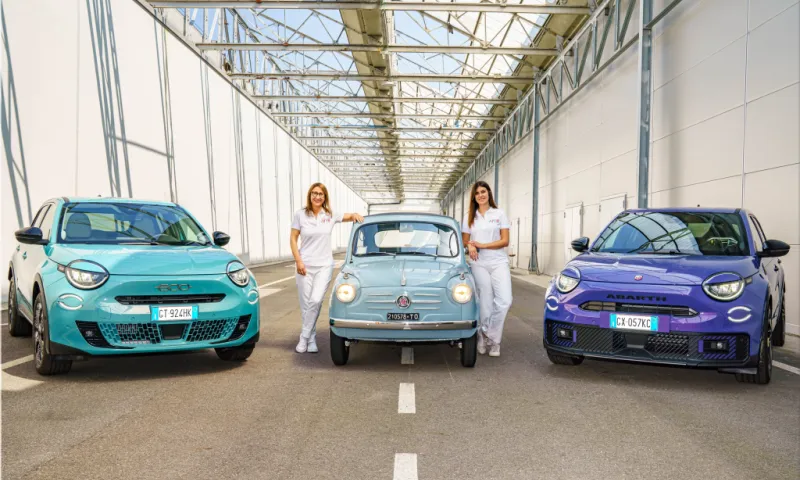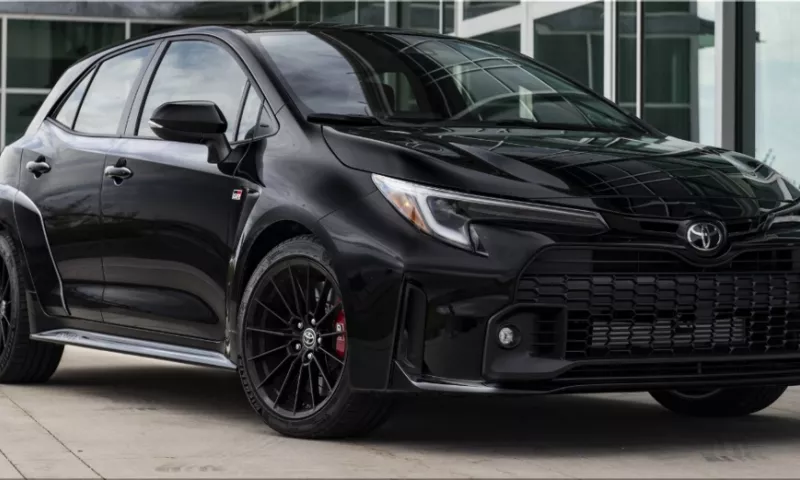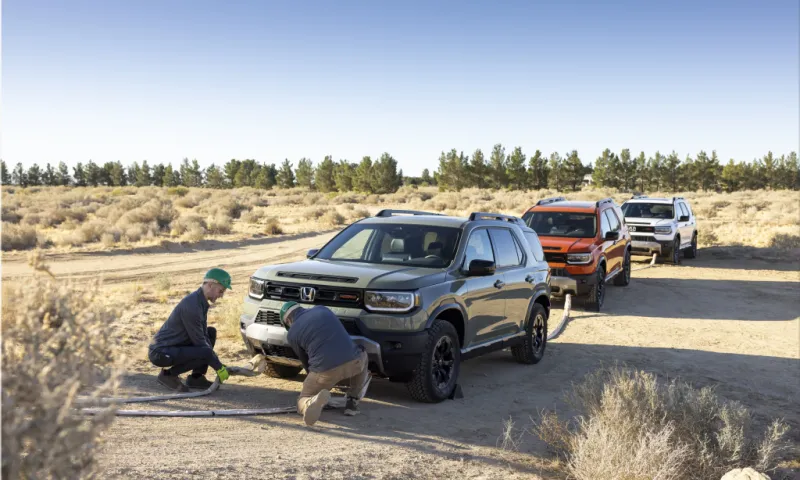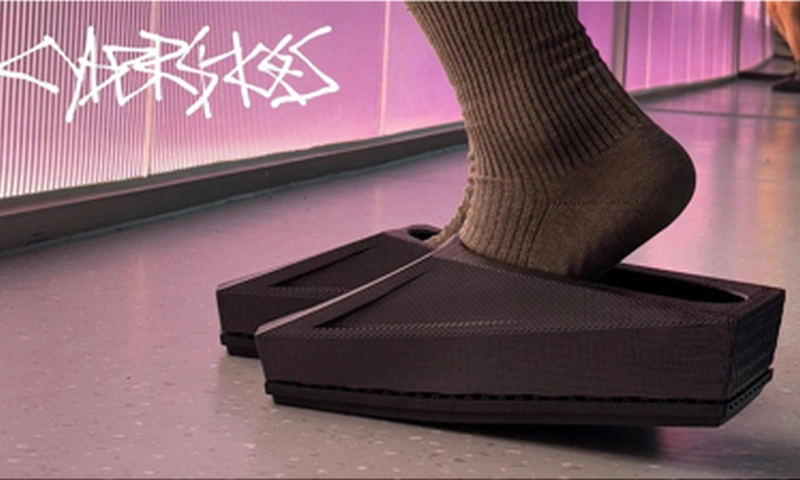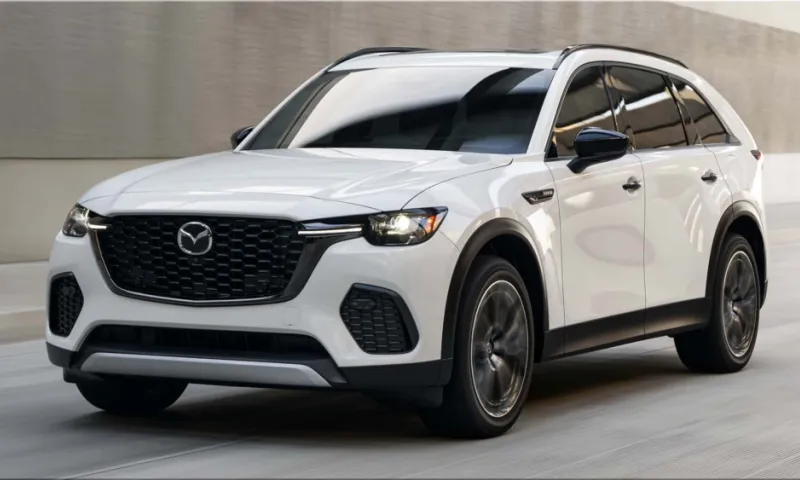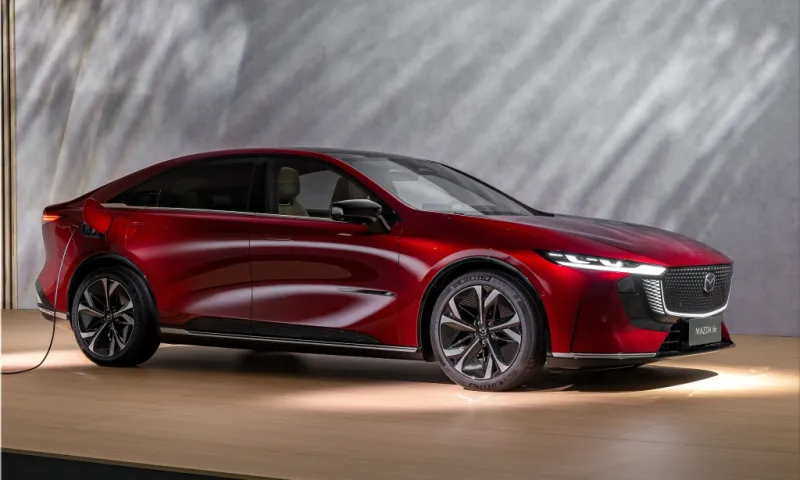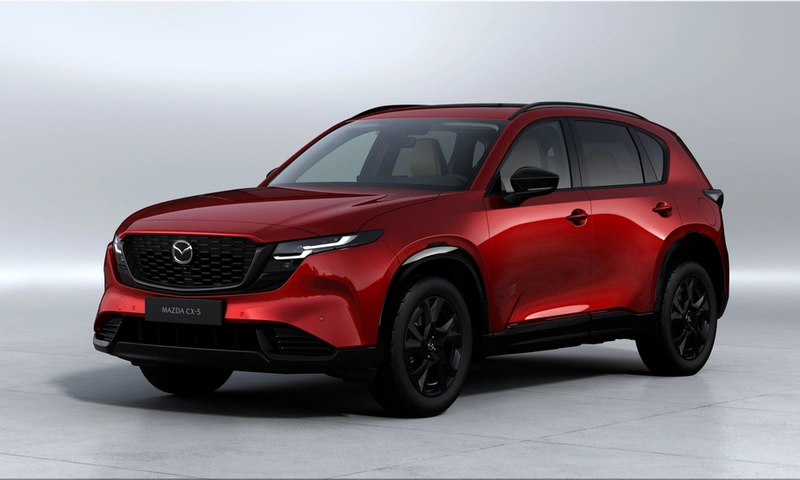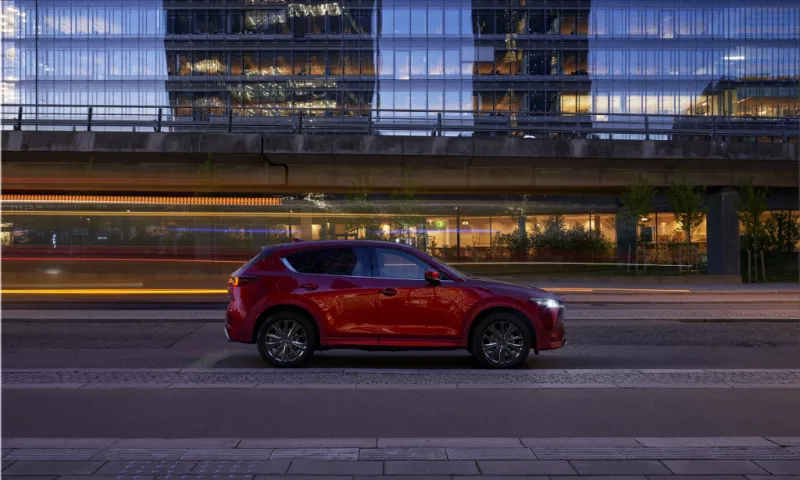Mazda Motor Corporation has announced the reopening of the Mazda Museum on April 1, 2025, following a targeted renovation designed to enhance educational value and accessibility. Located at the company's global headquarters in Hiroshima, the museum has served as a corporate storytelling hub since 1994. The refreshed facility introduces improved exhibit clarity, reorganized spaces, and technology updates that make Mazda's century-long heritage easier to understand for visitors of all ages and backgrounds.
This reopening marks the second major renovation in under three years. In 2022, Mazda completed a full overhaul focused on modernizing aesthetics and brand storytelling. The 2025 update, by contrast, concentrates on refining the visitor journey—with better signage, lighting, and streamlined content delivery. With these changes, Mazda continues to position the museum as a public gateway to its design philosophy, engineering discipline, and commitment to innovation.
1. Overview of the Mazda Museum Renovation
Mazda’s museum is more than a static showroom. It is a space where visitors can engage with over 100 years of company milestones, including its early days as Toyo Cork Kogyo Co., Ltd., founded in 1920. The facility tracks Mazda’s evolution—from producing cork products to becoming an international automotive brand with operations in over 130 countries.
The museum’s 2022 renovation introduced the nine-zone layout and updated the visual language across all exhibits. In 2025, Mazda refined that blueprint. The focus shifted to accessibility, narrative consistency, and the integration of newer technological achievements. These include electric vehicle platforms, carbon-neutral initiatives, and advanced driver assistance systems (ADAS).
The museum now reflects the broader direction of the company, which plans to electrify 100% of its fleet by 2030, while remaining committed to the "Jinba Ittai" principle—developing cars that feel like extensions of the driver’s body.
2. Key Renovation Highlights
The current renovation is classified as a partial update, but the improvements are highly targeted. Mazda has focused on optimizing the flow and interpretability of exhibits—especially for first-time visitors and international guests.
Notable changes include:
- A redesigned entrance and reception area, featuring bilingual digital kiosks for self-check-in and orientation.
- Updated display lighting systems that reduce glare and improve visibility of historical artifacts, design models, and vehicle cutaways.
- Multilingual exhibit signage, now available in Japanese, English, and Chinese, to support growing numbers of overseas visitors.
- Streamlined narrative structure, guiding guests logically through Mazda’s origins, innovations, and future directions.
The changes follow feedback from visitors and internal research. Mazda identified specific pain points—such as confusing zone transitions and lack of clarity around technical exhibits—and addressed them using user-centric design principles.
3. Updated Exhibit Themes and Zones
The museum maintains its nine themed zones, but the content within each has been expanded and clarified. The focus is on telling a more cohesive story while showcasing key technologies, cultural context, and brand philosophies.
Overview of the Updated Zones:
- Welcome Zone
Features a large-scale multimedia wall showing Mazda’s global presence, key milestones, and real-time social media displays. Visitors receive an overview of what to expect in under 3 minutes. - History Zone
Traces Mazda’s evolution from a cork manufacturer to an auto innovator. Exhibits include a restored Mazda-Go three-wheeled truck (1931), rare documents from founder Jujiro Matsuda, and timelines illustrating post-war recovery. - Passenger Car Evolution
Features landmark models including:- R360 Coupe (1960): Mazda's first passenger car.
- Cosmo Sport 110S (1967): The world’s first rotary-engine sports car.
- RX-7 and MX-5 Miata: Icons of lightweight performance.
- Technology & R&D Zone
Offers interactive displays on Skyactiv technology, including combustion efficiency, chassis engineering, and crash safety simulations. Visitors can test their reflexes on a simulated ADAS braking demo. - Environmental Initiatives
Introduces Mazda’s “Sustainable Zoom-Zoom 2030” strategy. Displays cover the development of biofuels, lightweight materials, and the integration of hybrid and full-electric platforms. - Production Line Simulation
Features a scaled, animated mock-up of Mazda’s Ujina plant, showing how vehicles are assembled using robotic precision and human craftsmanship. - Design Philosophy
This zone explains Kodo: Soul of Motion, using clay models, original concept sketches, and a hands-on station where guests can shape surfaces digitally. New content highlights how Mazda prioritizes emotional movement in static forms. - Motorsports Legacy
Highlights include the 787B Le Mans-winning car, as well as footage and data logs from endurance races. Interactive stations let guests explore how rotary engines performed under racing conditions. - Future Vision Zone
A forward-looking exhibit showing Mazda’s investment in:- Battery-electric vehicles (BEVs)
- Connected car systems
- Autonomous driving development Visitors can view the latest concept vehicles, including previews of upcoming crossover EVs and range extenders.
